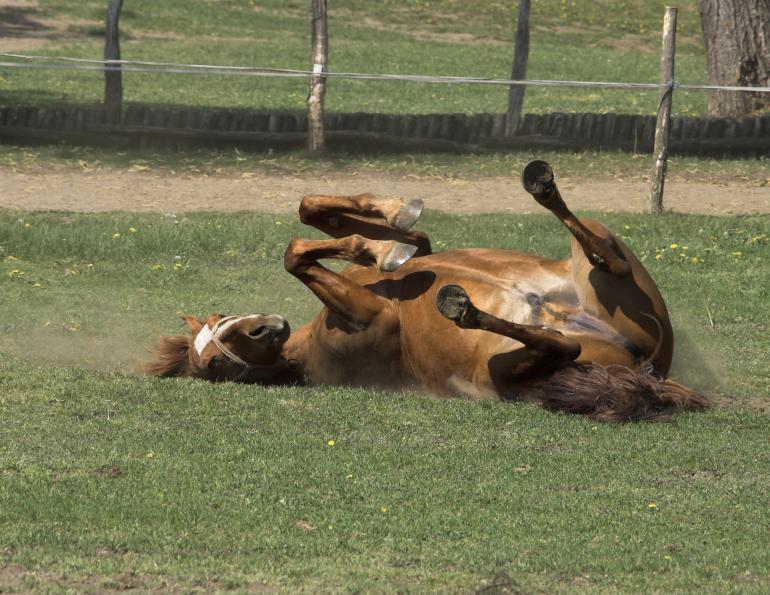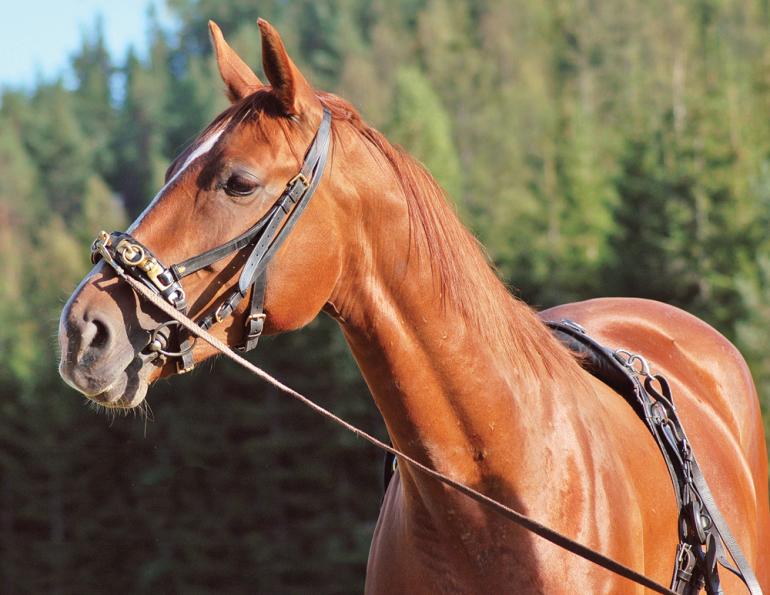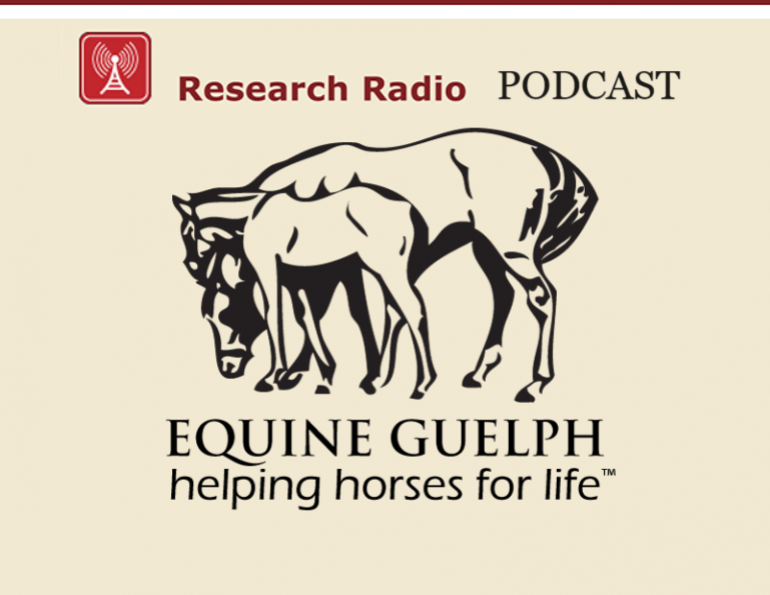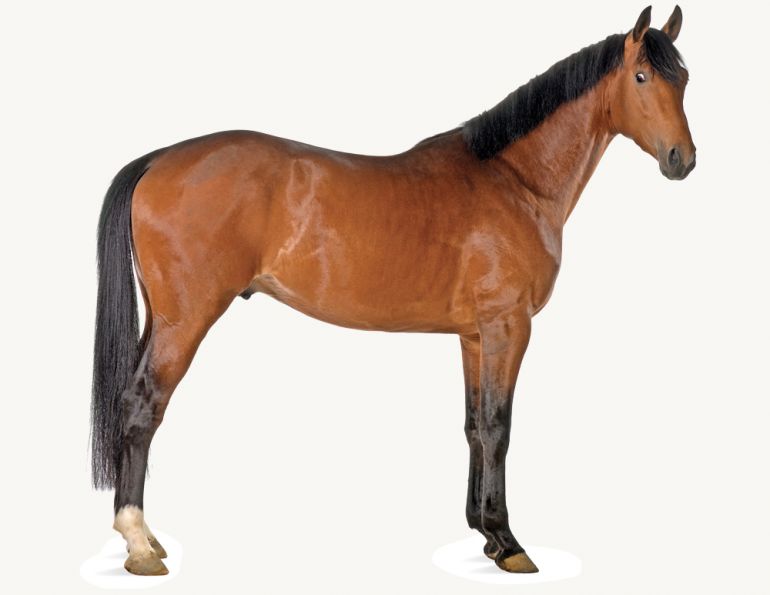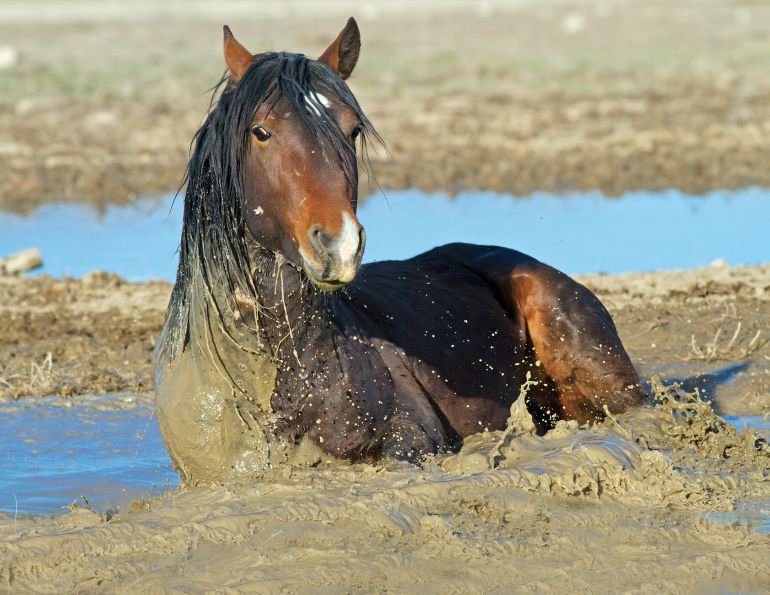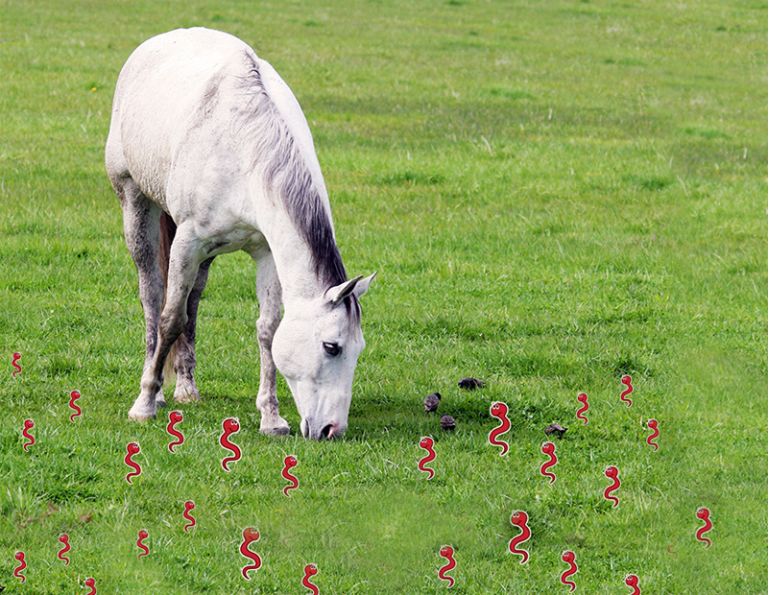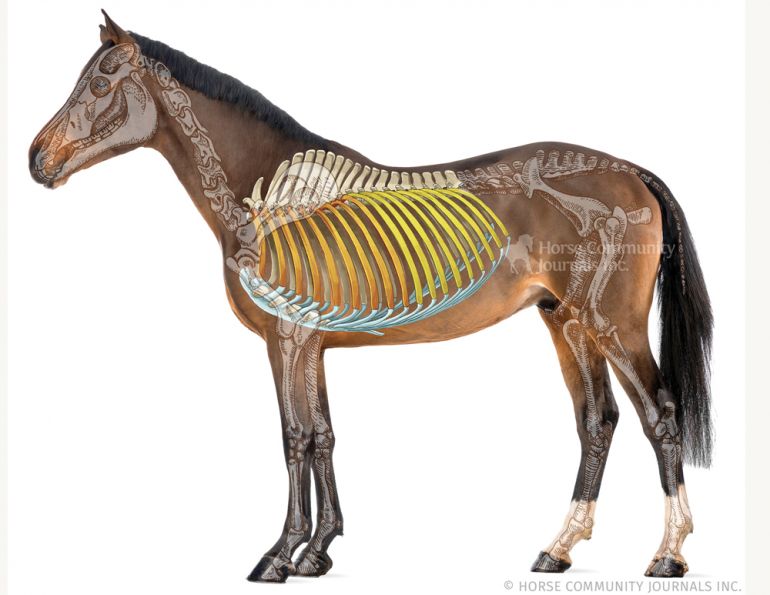By Kentucky Equine Research
The final show of the year is over. You drive back to the barn, unload your horse, and hang up your championship ribbon. Now you’re planning to give your horse a well-earned rest. You know he’ll enjoy spending a few months out of his stall, rolling in the grass, and taking afternoon naps with his pasture buddies. As your horse makes the transition to a life of leisure, you’ll be modifying just about everything in your horse’s day-to-day routine. How can you keep your horse healthy and happy as he makes this change? Follow these steps for a smooth transition.
From Stall to Pasture
If your horse has been kept in the barn while you were actively training and showing, make the switch to pasture gradually. Start with half an hour of grazing two or three times a day, making sure to provide plenty of hay when the horse is in the stall. Increase his pasture time in half hour increments over several days, and then add an hour or two to each grazing session until the horse is able to be out all the time.
Because of the way the horse’s digestive system works, any horse that is relocated abruptly from stall to full pasture is at high risk for colic or laminitis. At any time during the transition, if the hooves feel warm to the touch, or the horse shows signs of pain or reluctance to move, put him in a stall and contact your veterinarian immediately. Some horses are so sensitive to the sugars in fresh grass that they can never have unlimited access to pasture. These equines can still benefit from a few months of full or partial turnout if they are muzzled or placed in a dry lot with an adequate supply of hay.
Pasture Safety
Before turning your horse out for the first time, take a quick tour of the fence line and field to check for debris, holes, loose boards, wire, and insecure gate latches, and correct any problems. Bell boots and galloping boots can help guard against injury as the horse gets used to his new freedom.
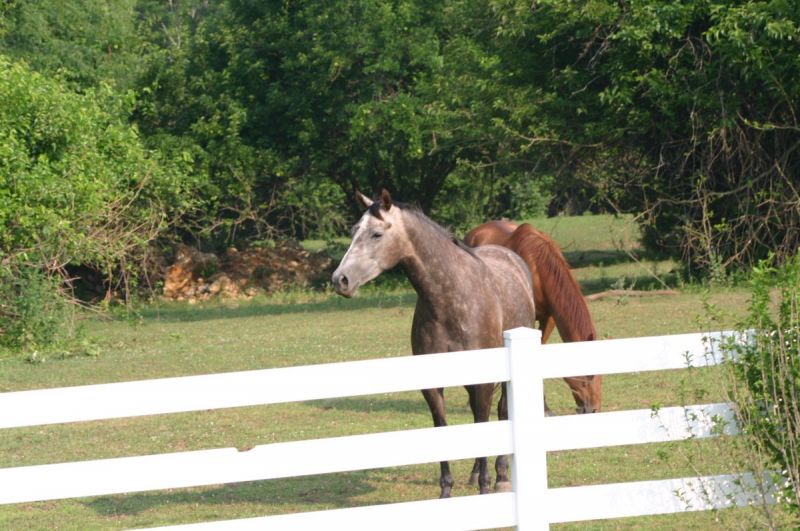
Check the fence line and field for hazards, and do any needed maintenance and repairs before turning your horse out.
Fly spray will provide a few hours of relief from insects; consider using mesh fly sheets, face masks, and leg covers for longer lasting comfort. Changing seasons may eliminate insect problems, but horses with white faces may need sun protection year round. Sunscreen or fly masks with muzzle extensions can prevent painful sunburns.
Feeding
To stay in show condition and perform the work he has been asked to do, your horse has probably been given top quality hay and one or more feedings of concentrates (pellets or sweet feed) daily. Without the demands of training, he will require the same basic nutrients but much less energy.
Ideally, you can take a week or two to taper his schedule, slowly decreasing both his work and his grain ration. Gradually switching to a vitamin and mineral product, known as a balancer pellet, will supply essential nutrients without the calories found in concentrated feed.
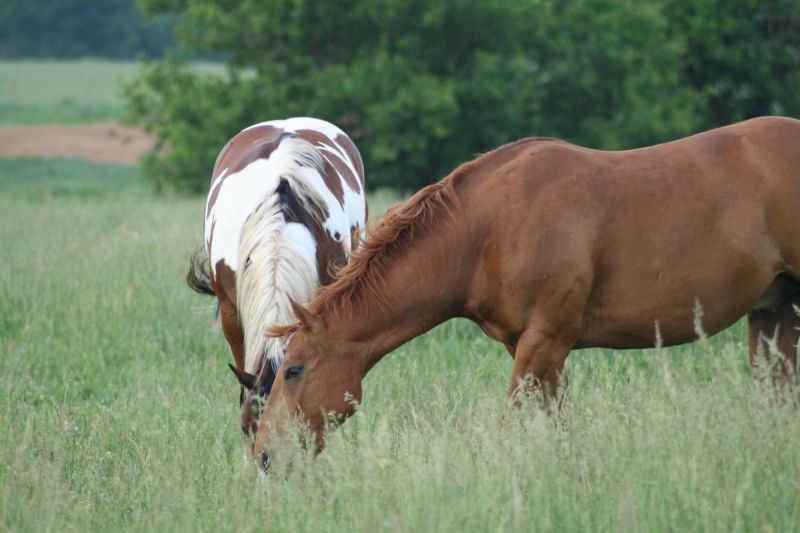
Slowly decrease your horse’s work schedule and adjust his grain ration as his energy needs decline. The change to pasture should be made gradually, starting with a half an hour of grazing two or three times daily, and increasing in half hour increments over several days.
Continue to give your horse whatever dietary supplements he is accustomed to, such as hoof and joint products, but check ingredients to avoid over-supplementation when feeding more than one product.
You should still provide hay whenever the horse spends time in the stall. Having something to munch on alleviates boredom, keeps gastric ulcers at bay, and prevents gorging on grass at the next turnout. Free choice access to water and salt is essential at all times.
Hoof Care
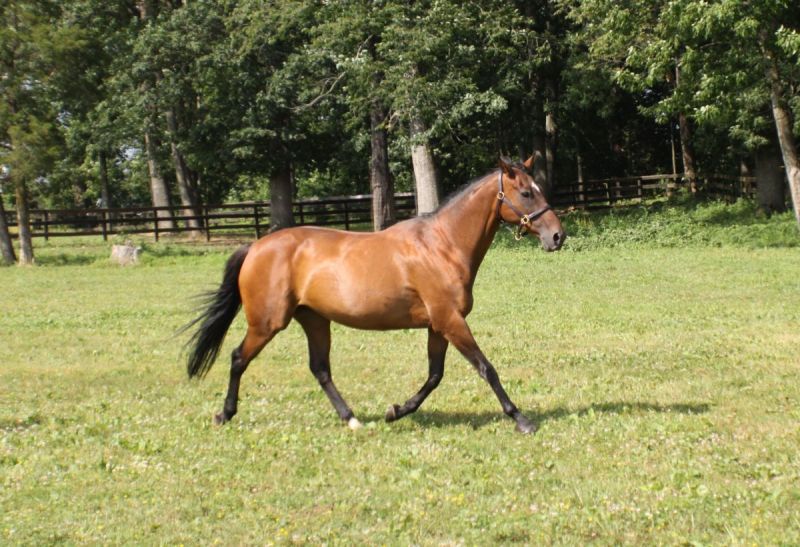
While your horse is enjoying his time of leisure, his regular health and hoof care schedules should be maintained.
Many people feel it is advantageous for horses to go barefoot if they are going to be inactive for several months. Will your horse benefit from having his shoes pulled? Consider the following as you make this decision.
- Horses that are newly barefoot will probably be somewhat tender for a week or so until their soles begin to toughen. If possible, turn out in a field with grass or dirt rather than a rocky area, and pasture the horse with amiable companions to avoid forcing him to run or kick to defend himself.
- The hoof shape will change without the support of a shoe. Probable changes include spreading of the heel, flaring in the quarters, and chipping at the toe and sides of the hoof. These changes are normal and, unless they are excessive, nothing to worry about.
- Whether the horse is shod or barefoot, basic hoof care should not change while the horse is out of work. Hooves should be inspected and picked daily and the schedule of farrier visits should be maintained. Toes tend to grow faster than quarters and heels, so going more than about six weeks between trimmings can change the angle of the pastern, leading to unnecessary strain on the tendons and ligaments in the lower leg.
- Horses that have therapeutic shoeing for navicular syndrome, laminitis, or other hoof problems may need to remain shod. Discuss with your farrier whether to leave the idle horse shod, to remove only the rear shoes, or to pull all the shoes until the horse returns to work.
Other Management
Even though he is not working, your horse still needs daily attention. A light grooming gives you a chance to find and treat injuries or skin conditions like dew poisoning or rain rot. Face masks and grazing muzzles should be removed at least once a day to check for rubbed areas. A regular schedule of deworming, vaccinations, and dental care should be followed, just as though the horse were still in training.
A period of leisure is restful to many equines, but certain classes of horses are not good candidates for more than a brief time off work. Young horses just beginning their training may forget most of what they have learned if there is a prolonged lapse in regular work, and older horses sometimes lose so much condition that it is practically impossible to return them to previous levels of fitness. If these animals need a break, consider reducing their workload for a few weeks rather than giving them a long vacation.
With minimal attention, your horse can stay healthy and benefit from a few months off work. He’ll probably come back into training with a fresh attitude, ready to rack up more ribbons after a relaxing break from his demanding performance schedule.
Main Photo: Your horse may think a good roll in the dirt is all the grooming he needs, but a regular session of light grooming will allow you to check him over for injuries and skin conditions.
This article originally published in 2011.



